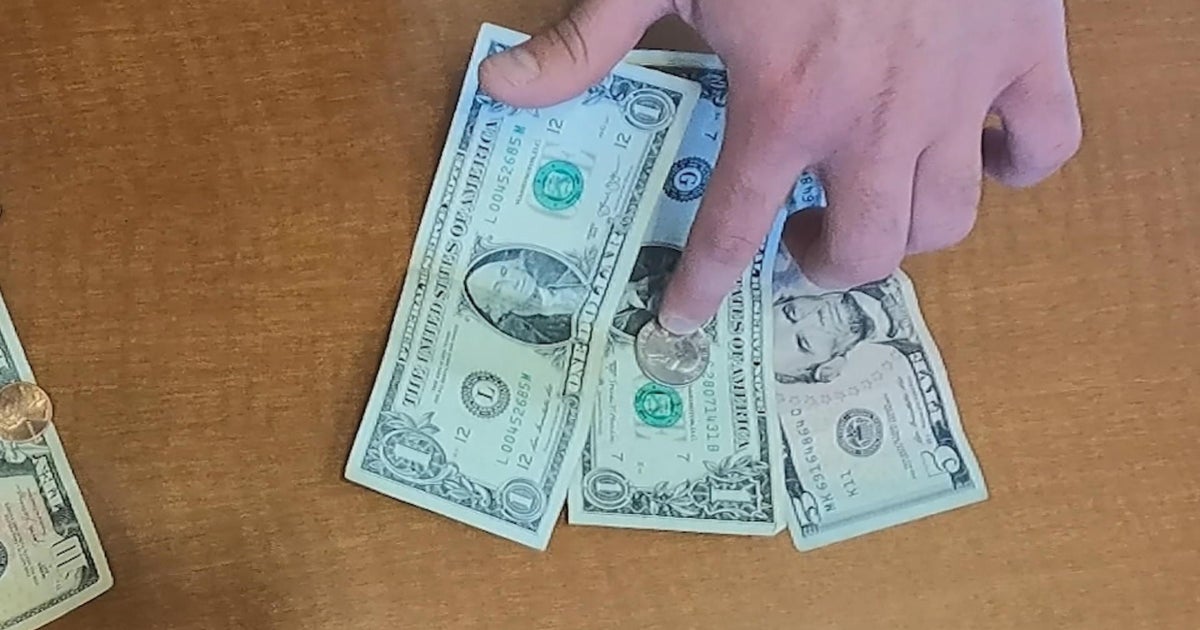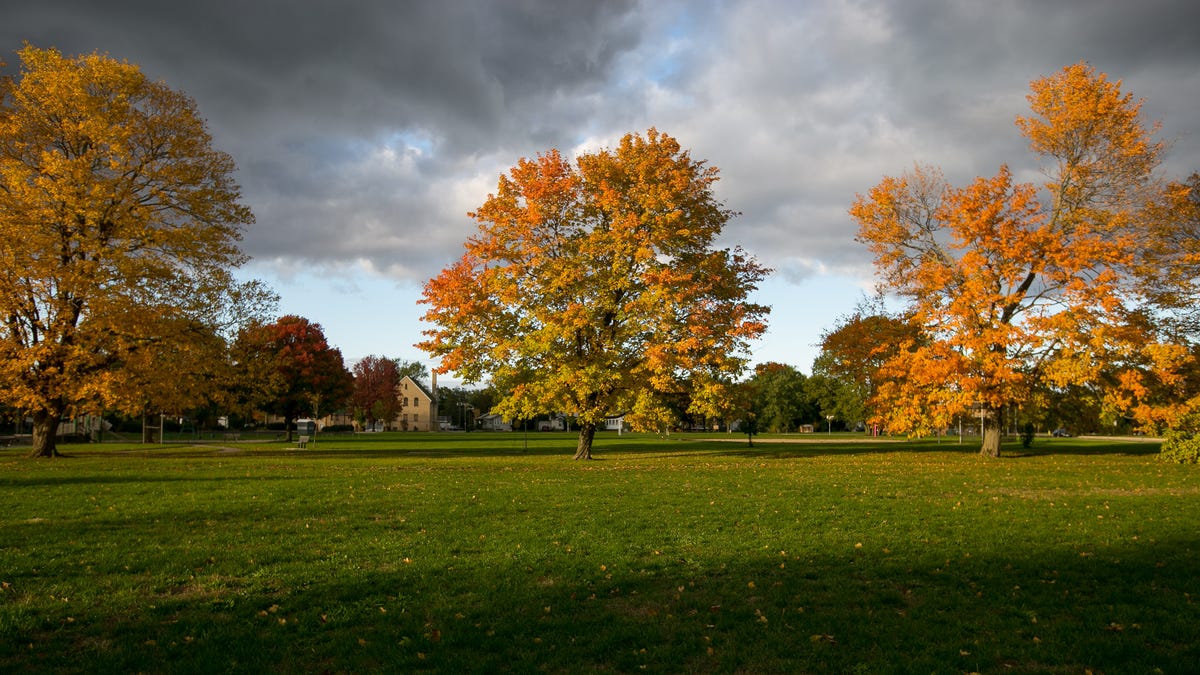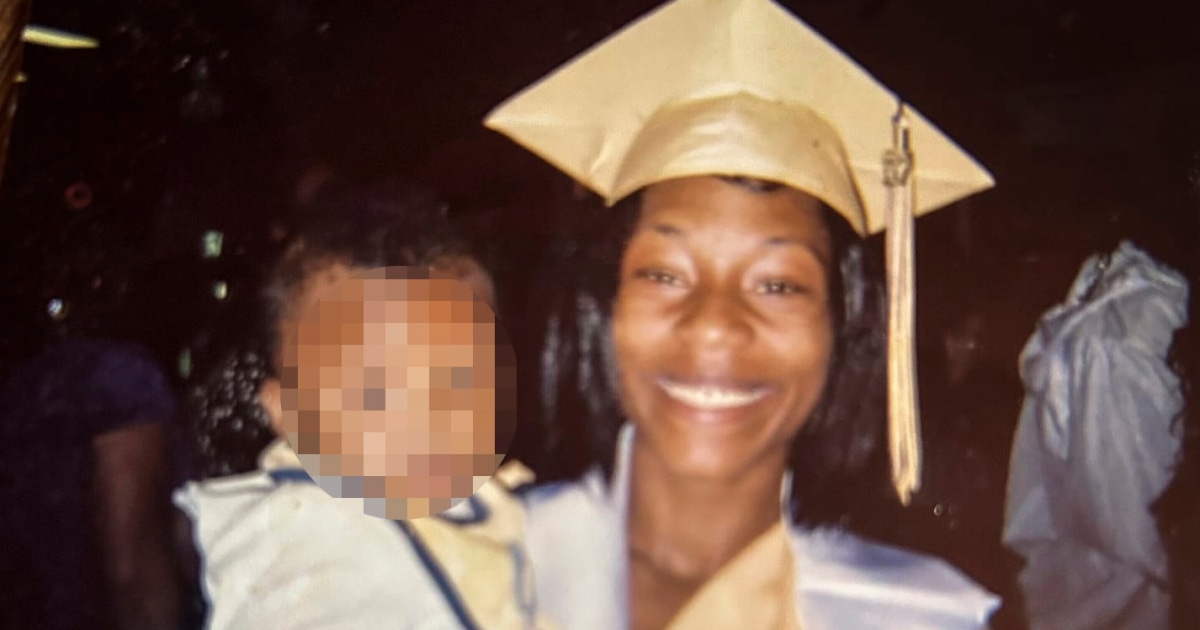Illinois
What is Illinois’ minimum wage?

CHICAGO (CBS) — As of 2023, the minimum wage for Illinois is $13 per hour for workers 18 and up, and $10.50 per hour for workers under age 18.
Tipped workers get 60% of the state’s minimum wage or $7.80 per hour for workers age 18 and up, and $6.30 an hour for workers under age 18.
The minimum wage for Chicago is a little higher. Effective Saturday, July 1, the minimum wage for the city of Chicago stands at $15.40 an hour for businesses with 21 or more employees, at $14.50 per hour for businesses with up to 20 employees, and $12 an hour for workers under age 18. For tipped workers in Chicago, the minimum wage stands at $9.24 an hour for businesses with more than 21 or more workers, $8.70 an hour for businesses with up to 20 employees, and $7.20 an hour for employees under age 18.
Effective the same date, suburban Cook County’s minimum wage will increase from $13.35 an hour to $13.70 an hour for non-tipped workers ages 18 and up. It will go from $7.80 to $8 per hour for tipped workers ages 18 and up.
In 1973, 50 years ago, the minimum wage in Illinois was $1.40 – about $9.99 in 2023 dollars. It rose to $2.10 by 1976, $2.30 by 1979, $2.65 by 1984, and $3.35 by 1985. This more or less kept up with inflation, as $3.35 in July 1985 dollars is the equivalent of $9.45 in 2023 dollars.
By 2010, the minimum wage had risen to $8.25 per hour. This tied the state for the third highest in the nation – outranked only by Washington state and Oregon, and in line with Connecticut and Washington, D.C.
In 2011, state lawmakers launched a push to raise the minimum wage gradually to more than $10 per hour. State Sen. Kimberly Lightford (D-Maywood) sponsored legislation the following year that would have raised the minimum wage to $10.25 per hour by 2015 – but this legislation never came to a vote.
Meanwhile in his February 2013 State of the State address, then-Gov. Pat Quinn proposed an increase in the state’s minimum wage to $10 per hour. This drew objections from business groups like the Illinois Retail Merchants Association and the Illinois Chamber of Commerce – which said a higher minimum wage would force some companies to lay off workers.
Business interests at the time lobbied Springfield for a reduction in the state minimum wage down to the federally-mandated $7.25 per hour.
The minimum wage also became a hot-button issue in the 2014 Illinois gubernatorial race. While Democrat Quinn maintained his call for an increase in the minimum wage to $10, Republican opponent Bruce Rauner initially said the state’s minimum wage should be cut by $1 – but later said he would support a higher minimum wage under certain circumstances.
But Rauner said he was not in favor of automatically raising the minimum wage without conditions.
Rauner defeated Quinn that November.
In December 2014, after Quinn had lost to Rauner, the state Senate in its lame-duck session passed a measure to raise the minimum wage to $11 per hour by 2019. But the state House had adjourned for the session hours earlier. Quinn had the power to call the House back into session to try to force a vote but did not do so.
For Rauner’s four-year term in office, the minimum wage in Illinois stayed where it was at $8.25. In 2017, Rauner vetoed a measure that would have increased the Illinois minimum wage to $15 over five years.
In 2018, Rauner went up for reelection against Democrat JB Pritzker and lost. Pritzker made raising the minimum wage a priority right out of the gate – hoping to sign a measure raising the state’s minimum wage before his first budget address.
On Feb. 7, 2019, the state Senate approved legislation to increase the minimum wage in Illinois to $9.25 per hour on Jan. 1, 2020; $10 per hour six months later; $11 per hour on Jan. 1, 2021; $12 per hour on Jan. 1, 2022; and $13 per hour on Jan. 1 of this year.
The legislation called for the minimum wage to keep rising to $14 on Jan. 1, 2024; and $15 on Jan. 21, 2025.
The state House approved the legislation a week later, and Gov. Pritzker signed it into law on Feb. 19, 2019.
“Today we’re making it clear that, if you work hard in this state, you deserve to be able to afford the goods and services that you produce,” Pritzker said at the time. “Today we are saying that the right to a fair wage does not end at Chicago’s border. Workers in East St. Louis, in Peoria, in Springfield, deserve that same fair pay.”
Thus, the minimum wage in Illinois will indeed increase to $14 on Jan. 1 of next year and $15 on Jan. 1 of the year after.
Efforts also mounted in the mid-2010s to raise the minimum wage specifically in Chicago. A task force convened by then-Mayor Rahm Emanuel recommended in July 2014 to raise the city’s minimum wage to $13 per hour by 2018 – with annual increases tied to the rate of inflation. At the time, the minimum wage for the city was the same as that of the state – $8.25 per hour.
In December 2014, the City Council passed a Minimum Wage Ordinance by a vote of 44-5. The ordinance automatically raised the minimum wage to $10 per hour in July 2015, $10.50 per hour in July 2016, $11 per hour in July 2017, $12 per hour in July 2018, and $13 per hour in July 2019.
Beginning July 1, 2020, and every July 1 since, the minimum wage has also increased – tied to the cost of living, but capped at a 2.5 percent increase. The only circumstances under which the minimum wage would not be increased in a given year is if unemployment were 8.5 percent or more in Chicago.
Amidst all this, there have been numerous protests and pickets in Chicago and around the country calling for a minimum wage increase to $15 at every level – including federal. But the federal minimum wage remains $7.25 an hour – as it has been since 2009.

Illinois
When’s the best time to see fall colors in Illinois from Rockford to Carbondale

When it comes to fall colors, Illinois stretches the season longer than most states, with colors starting in northern Illinois in late September and peaking in the south well into November.
Each year, websites like SmokyMountains.com publish a fall foliage prediction map that shows stages such as patchy, partial, near-peak, peak, and past-peak across the country. While the map is focused primarily on the eastern U.S. and regions like the Smoky Mountains, it also provides a helpful nationwide context and visual timeline for seasonal leaf change.
Here’s what the fall color timeline looks like across Illinois.
Northern Illinois: Late September to mid-October
If you live near Chicago, Rockford, or the Galena area, you’ll see the first hints of color before the rest of the state. Leaves in northern Illinois usually begin to change by the third or fourth week of September.
The peak display arrives around the second or third week of October. Popular spots include Starved Rock State Park, Matthiessen State Park, Rock Cut State Park, and the Great River Road, which runs along the Mississippi.
Central Illinois: Early to Late October
In the heart of the state, from Springfield to Peoria and Champaign, trees hold their green a little longer. Color typically starts to appear in the first half of October.
By the middle to late part of the month, central Illinois hits its stride.
City parks, forest preserves, and stretches of rural highway all light up. Spots such as Allerton Park near Monticello and the Sangamon River Valley as reliable fall color destinations.
Southern Illinois: Late October to Early November
Farther south, warm temperatures delay the season. Expect to see changes beginning in the last two weeks of October, with the best colors holding into early November.
In Southern Illinois, you’ll find some of the most memorable fall backdrops in the state. Rock formations at Shawnee National Forest’s Garden of the Gods and the bluffs of Giant City State Park provide great viewing points.
What to Wear
Packing smart can make your fall color adventure more comfortable. Mornings in Illinois can be chilly, while afternoons often warm up quickly. A light jacket or fleece paired with a long-sleeve shirt gives you flexibility. Comfortable walking shoes or hiking boots are important if you plan to explore trails in parks. Packing items such as hats, gloves, and even a scarf can come in handy if temperatures drop, especially on bluffs and overlooks where the wind picks up.
Planning Your Visit
From late September in the north to early November in the south, Illinois delivers a long season of color worth exploring. The good news is that Illinois offers a six- to eight-week window for watching the fall colors. If you miss the show in one part of the state, you can always head a little farther south and catch it there.
Jack Ivanic is a freelance contributor to the Rockford Register Star.
Illinois
Trial begins for former Illinois deputy accused of killing Sonya Massey

The trial of a former Illinois deputy who is accused of killing Sonya Massey began on Monday in Peoria, Illinois.
Massey, a Black 36-year-old mother of two, was fatally shot in July 2024 after calling authorities to her Springfield home over concerns about a prowler, officials said. Body camera footage shows two deputies responding to the incident, including then-Sangamon County Sheriff’s Deputy Sean Grayson.
Grayson, who is white, shot Massey three times, saying in a report written after the incident that he feared bodily harm because she was holding a pot of boiling water and said, “I rebuke you in the name of Jesus.”
Almost two weeks after Massey’s killing, Grayson was fired and charged with three counts of first-degree murder, one count of aggravated battery, and one count of official misconduct. He pleaded not guilty and was held in jail pending trial.
Grayson’s trial started on Monday morning with a jury selection. No cameras were allowed in the courtroom, and the trial is expected to last for one to two weeks.
The case ignited a national firestorm, prompting protesters across the country to call for justice for Massey, who suffered from mental health issues, according to her family. In February, Sangamon County officials agreed to pay a $10 million settlement to Massey’s family, a step their attorney, Ben Crump, called “only the first step in the journey for justice.”
In April, a judge granted a venue change for the trial from Sangamon County to Peoria after receiving a request from defense attorneys who said media coverage and the nature of the case have “shaped public perception, making it difficult to separate fact from speculation,” NBC Chicago reported.
A group of people gathered for a rally outside the Peoria County Courthouse on Monday morning, holding signs calling for justice for Massey. One sign read: “Unite Now Against Racist Violence.”
“No justice, no peace. Prosecute the police, ” the crowd chanted.
Keri Hayes, the racial justice committee chairwoman for the American Civil Liberties Union in Peoria, was one of the handful of people outside the courthouse.
“I really feel like it was a senseless slaying that happened, and I really want to see the police being held accountable,” she told NBC News.
Illinois
Obituary for Steven C. Stolzoff at Strang Funeral Home of Antioch

-

 World1 day ago
World1 day agoIsrael continues deadly Gaza truce breaches as US seeks to strengthen deal
-

 News1 day ago
News1 day agoTrump news at a glance: president can send national guard to Portland, for now
-

 Business1 day ago
Business1 day agoUnionized baristas want Olympics to drop Starbucks as its ‘official coffee partner’
-

 Politics1 day ago
Politics1 day agoTrump admin on pace to shatter deportation record by end of first year: ‘Just the beginning’
-

 Technology1 day ago
Technology1 day agoAI girlfriend apps leak millions of private chats
-
Science1 day ago
Peanut allergies in children drop following advice to feed the allergen to babies, study finds
-

 Alaska1 week ago
Alaska1 week agoMore than 1,400 seeking shelter as hundreds wait to be evacuated after catastrophic Western Alaska storm, officials say
-

 North Carolina1 week ago
North Carolina1 week agoGuide to NC State Fair 2025: Tickets, transportation, parking, new rides and special event days























